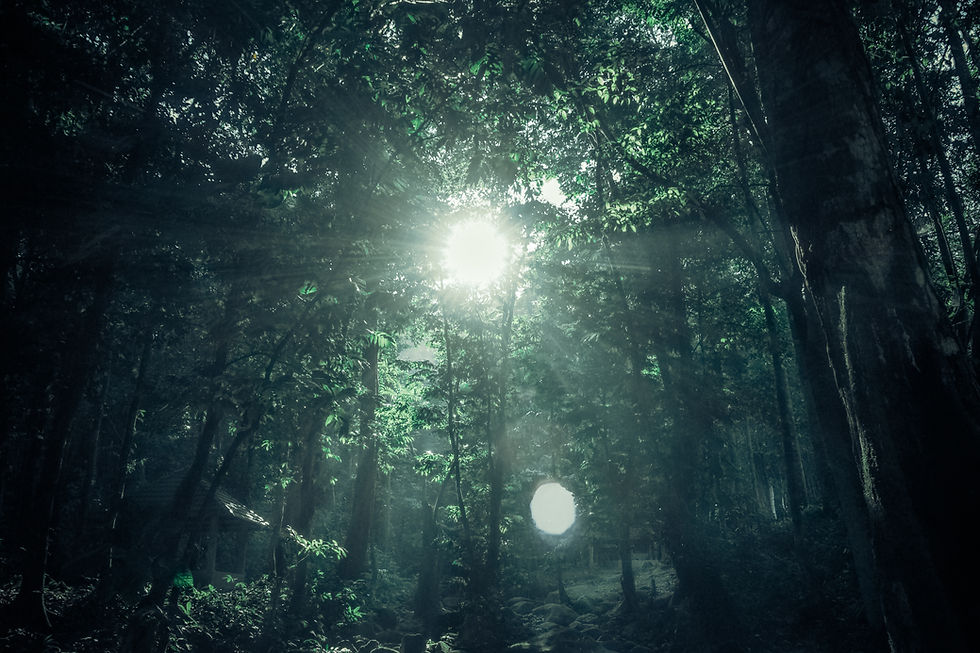The Amphibian Extinction Crisis
- Fauna
- Feb 22, 2018
- 2 min read
Updated: Mar 12, 2018

A yellow frog on a leaf. Picture credit: CC0 Public Domain
Up to 50 different species of amphibians are threatened, endangered or on the edge of extinction.
What is happening?
Frogs, toads, salamanders and caecilians species are declining rapidly. At least 120 species of amphibians have gone extinct within the recent years. This decrease illustrates an ongoing mass extinction across the world.
Causes
The decline started in the 1980s and has been observed in regions all over the world. There are several causes that scientists and researchers believe to be involved.
According to Dr. Laurence Jarvis, head of conservation at Froglife, the main cause is diseases. Amphibians, especially South American species, “tend to suffer of Chytridiomycosis, an infectious disease caused by a fungus”. According to Jarvis, this disease could kill all the individuals of a population.
Another devastating factor affecting these animals is habitat loss. “Men building new roads every day is destroying their natural habitat,” says Dr. Jarvis.
As this species needs aquatic habitats to survive, large scale climate changes are also a threat to their environment. “Changing pond levels are making breading more difficult” he adds.
Moreover, there is also evidence of chemical pollutants that causes the development of deformities especially in frogs, for example extra limbs and malformed eyes.
The Sixth Extinction
The phenomenon of declining amphibian populations is affecting thousands of species in all types of ecosystems. This is one of the most severe examples of the Sixth extinction or Holocene extinction, which represents the ongoing loss of species during the current, Holocene epoch, mainly due to human activity. Scientists predict that this phenomenon will cause dangerous implications for global biodiversity.
In conclusion, as Dr. Jarvis states: “the decline will continue but not necessarily at the same level. Extinction is happening at an alarming rate which is much more rapid than naturally”.
Rosa Farsetti







Comments